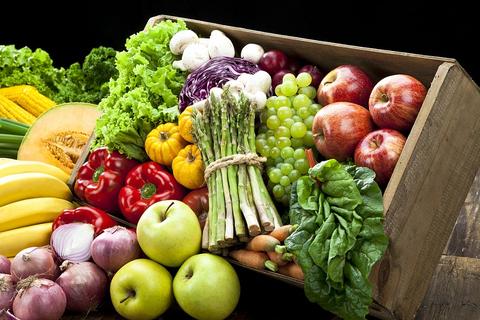
In the vast and complex world of economics and consumer behavior, the terms durable and non-durable are frequently used to categorize goods. However, the understanding of these terms extends beyond their basic definitions, and delving deeper into their implications can provide valuable insights into market trends, consumer behavior, and economic stability.
Durable goods, as the name suggests, are products that do not wear out quickly and have a lifespan of more than three years. These include items like cars, furniture, appliances, and electronics. On the other hand, non-durable goods are items that are consumed or wear out in less than three years, such as food, clothing, and fuel.
While this distinction may seem straightforward, it plays a significant role in economic analysis. Durable goods are often seen as indicators of consumer confidence. When consumers feel optimistic about their financial future, they are more likely to invest in durable goods. Conversely, during economic downturns, purchases of durable goods tend to decline as consumers prioritize essential non-durable goods.
Moreover, the production and consumption of durable goods have a more pronounced impact on the environment. The manufacturing process of durable goods often involves the extraction and processing of raw materials, leading to significant carbon emissions. Additionally, the disposal of these goods at the end of their lifespan contributes to waste generation. Therefore, understanding the life cycle of durable goods is crucial for developing sustainable consumption patterns.
Non-durable goods, while less impactful individually, can collectively have significant environmental implications. The high turnover rate of non-durable goods results in continuous demand for production, leading to resource depletion and waste generation. Moreover, the packaging of non-durable goods, especially in the food and beverage industry, contributes significantly to plastic pollution.
From a business perspective, the distinction between durable and non-durable goods is crucial for strategic planning. The sales of durable goods are often cyclical and influenced by macroeconomic factors, requiring businesses to have robust risk management strategies. On the other hand, non-durable goods provide more stable sales but are subject to intense competition and price sensitivity.
In the era of digital transformation, the concept of durability is also evolving. Digital goods, such as software and digital media, challenge the traditional notion of durability. While they do not physically wear out, their value can depreciate over time due to technological advancements and changing consumer preferences.
In conclusion, the concepts of durable and non-durable goods extend beyond their basic definitions and have profound implications for economics, environmental sustainability, and business strategy. As consumers, understanding these implications can help us make more informed and sustainable consumption choices. As businesses, it can guide us in strategic planning and risk management. And as a society, it can help us navigate towards a more sustainable and resilient economy.

